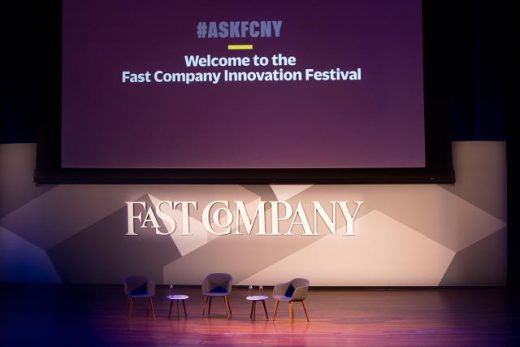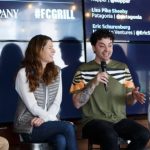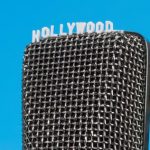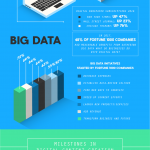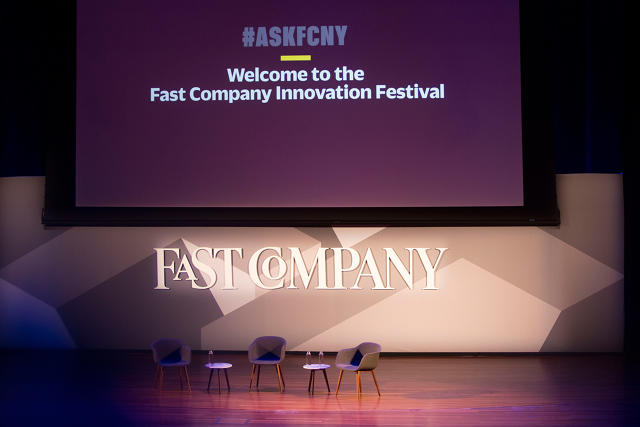The 2016 Fast Company Innovation Festival In Photos
The Fast Company Innovation Festival, which ran from November 1-4, 2016, in New York City, featured more than 200 business leaders sharing insights and behind-the-scenes looks into their companies with a global audience nearly 6,000 strong.
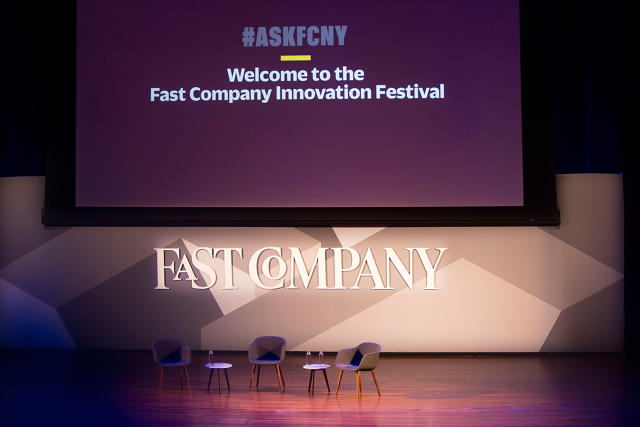
In the slideshow above, look back on just 33 of the countless inspiring, energizing, and exclusive moments that took place during the week, and read all of our coverage from the Fest here.
2016 Innovation Festival attendees listen in as Sarah Jessica Parker and AOL CEO Tim Armstrong discuss the rapidly changing media landscape, and their places within it.
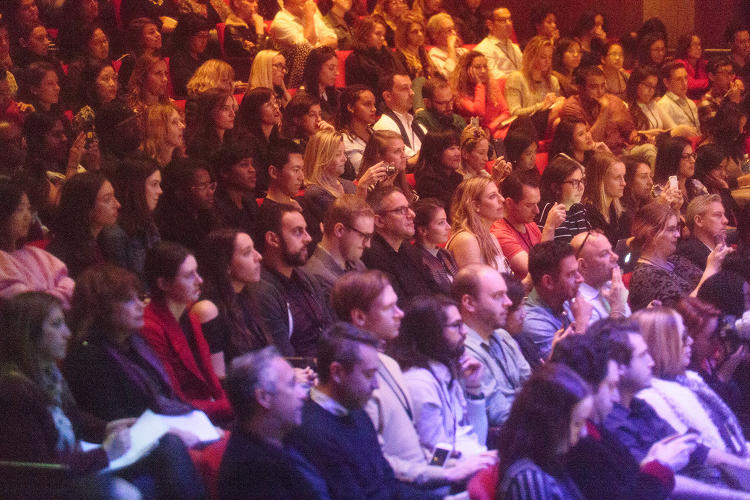
“You didn’t say you were going to make us cry at breakfast,” one attendee noted at 72andSunny‘s Fast Track, whose brainstormed advertising campaigns on the topic of inclusivity got a little emotional.

A gleaming wall of awards on display at R/GA’s new Manhattan HQ. During the Festival, CEO Bob Greenberg toured attendees through the space, revealing how strategic design details—right down to the furniture—have led to reduced attrition and higher productivity for the company.

At The Lowline Lab, about 3,000 plants encompassing 100 species are thriving inside a windowless warehouse, thanks to daylight-collecting technology that concentrates sunlight and beams it inside the building through a series of mirrors. The Lab is a public, smaller-scale demonstration of the Lowline to come: a bucolic garden of plants grown in a dark, dusty, and abandoned underground trolley station in NYC.
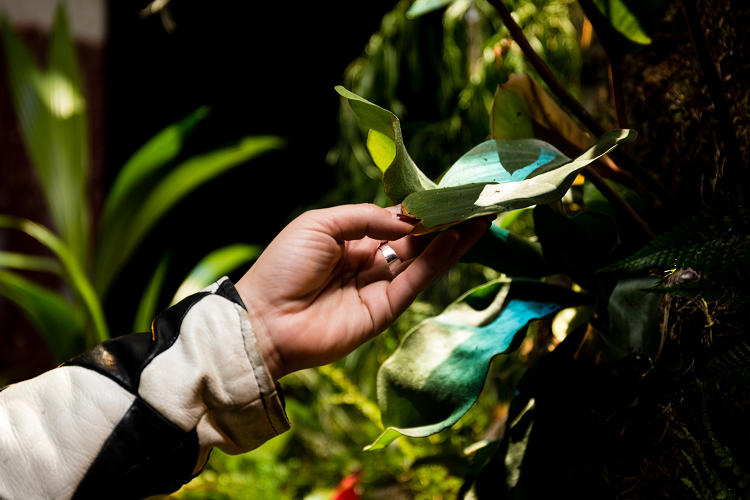
“When we do our marketing and creative, we almost always use real customers…We can spend a lot of time and a lot of energy making up stories, but the beauty of this is that we have so many of these right in front of us and these amazing things people are already making on our platform.” David Lee, chief creative officer of the website-building platform Squarespace, spoke to Innovation Festival attendees (pictured here taking in the view from the company’s new HQ in NYC’s West Village) about their creative advertising strategy.

A few years ago, Charles Best, the founder and CEO at DonorsChoose.org, realized that his offices were suffering from a bit more than poor ambiance. The crowdfunding platform, which lets public school teachers post requests for classroom projects, supplies, or trips that need charitable contributions, was operating out of a space that he calls “industrial, if we’re being charitable” in New York. It was cramped and divided, with physical as well as figurative walls between the teams. Together with design firm Eight, Inc. DonorsChoose.org has now revamped both its Manhattan and San Francisco locations, an effort that’s resulted in some unexpected payoffs, like surprising moments of inspiration.

“We all believe in satire and trying to enhance the national conversation. We don’t want to be portrayed always as this joke site because in our world we are a newspaper presenting truths about the world,” says Ben Berkley, managing editor of The Onion. “That’s what drives this intellectual torture that we put ourselves through where we’re going through truly thousands of headlines every week.” Satirical media brand The Onion opened its doors to FCNY attendees for a behind-the-scenes look at their 2016 election coverage strategies.

In a panel discussion at their Brooklyn offices, Tough Mudder execs Will Dean and Adam Slutsky broke down the mass appeal of their obstacle courses, which have asked participants to run through live electrical wire fields to running 5-mile courses continuously for 24 hours.

“At all of these [charitable] dinners, you see people do a live auctions. Buy a $10,000 painting. Go have Sting come over to your house and perform for you. A week a Telluride. We don’t do any of that. We say that onstage. When you give whether it’s a grand, or $10,000, or a million dollars—you get nothing in return. It is pure generosity, it is pure giving.” Charity: Water CEO and founder Scott Harrison discussed the nonprofit’s approach to funding clean water projects for people in need around the world.
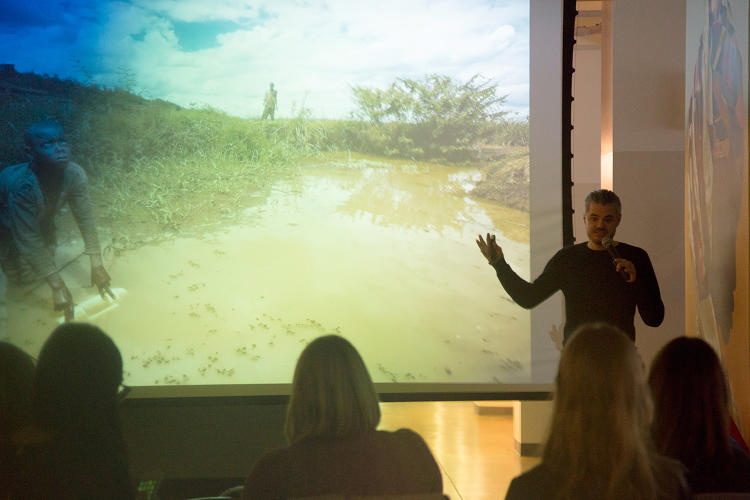
“The rapid pace of innovation calls for big changes in how we do things,” says Dan Huttenlocher, dean and vice provost of Cornell Tech, speaking to attendees on a hard-hat tour of their under-construction campus on Roosevelt Island. “We haven’t just been building a physical campus…We’ve been rethinking the research and the teaching and the academic programs at the graduate level as well.”
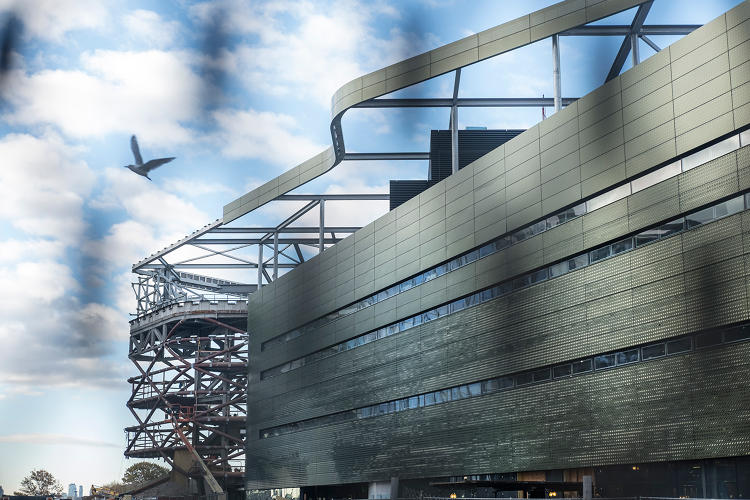
From the Japanese company’s NYC flagship store, Muji U.S.A president Asako Shimazaki (pictured) announced that two new stores—one in Boston and one in Los Angeles—will be added to the 12-state U.S. roster at the turn of the year. Shimazaki said that stores like the flagship on Fifth Avenue have helped fuel this growth by introducing Muji products and the company’s dedication to simplicity, affordability, and functionality to a new audience. “Muji has a ‘less is more’ attitude to advertising,” she said. “We prefer the Muji shopping experience to expand our customer base. We reach out to customers with our strategy—this is our basic customer policy.”

Can New York City be the next Silicon Valley? Ask a room full of New York tech leaders—including IBM CMO Michelle Peluso, entrepreneur Anil Dash, VC Matt Turck, Sprinklr CEO Ragy Thomas, and Tech:NYC executive director Julie Samuels—and a consensus quickly emerges: You’re missing the point. While the Big Apple has blossomed into a major technology market over the last several years, comparisons between New York and the Bay Area tend to overlook the unique nature of each locale. What New York’s tech industry lacks in billion-dollar exits, these people agree, it makes up for in diversity and a deeper integration into existing industries.
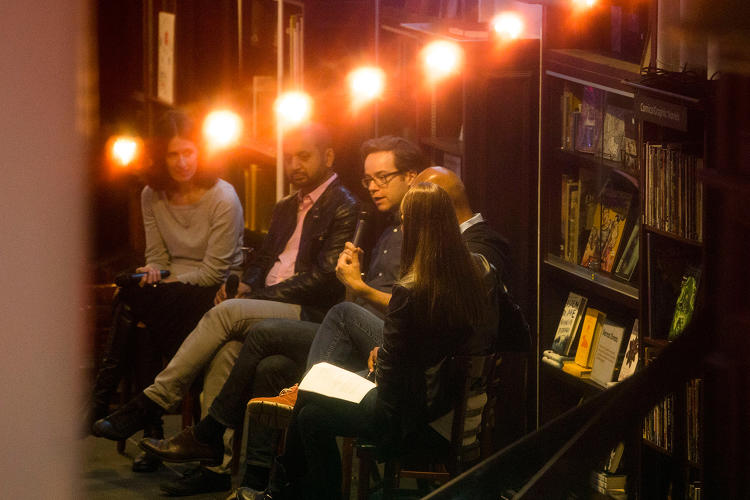
Emily Weiss started Glossier with a unique perspective: that of a beauty editor. In less than two years, she has turned the Glossier community into beauty editors themselves. How? By including customers in every part of Glossier’s product development stages, from ideation to iteration to promotion. Glossier’s relationship with its community strongly contributes to the company’s skyrocketing success. Here, Weiss talks to FCNY attendees on the importance of speaking with your customers, not at them.
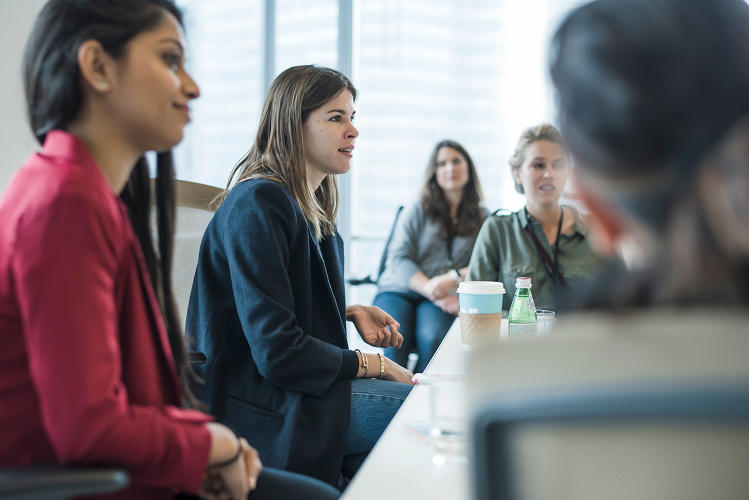
Andrew Dent, vice president of library and materials research at Material ConneXion, is like a sommelier. Presiding over the world’s largest library of materials, his job is to listen to the requirements of his clients—a list which includes Chrysler, Calvin Klein, Hermann Miller, Disney, Nike, Toyota, and many, many more—and come up with an innovative material that suits their needs. His level of obsession in this field is such that he makes Apple’s Jonathan Ive, a fellow Brit, seem like he’s never done his homework. During FCNY, Co.Design caught up with Dent for a tour of the company’s materials library, and asked him to identify a handful of the cutting-edge materials that he thought would be important to designers over the next few years.

When Cher first took to Twitter, she recalls, “it was like, ‘Get off!’ and ‘You’re old!’ and ‘You’re stupid!’” But she stuck with it, because “I didn’t care. I cared, but not enough to stop. And I think that’s what life is about—that you care but not enough to stop being who you are.” In conversation with design leader Doreen Lorenzo, Cher talked about her decades-long career in entertainment, and how resilience—more so than career reinvention—has been the secret to her staying power.
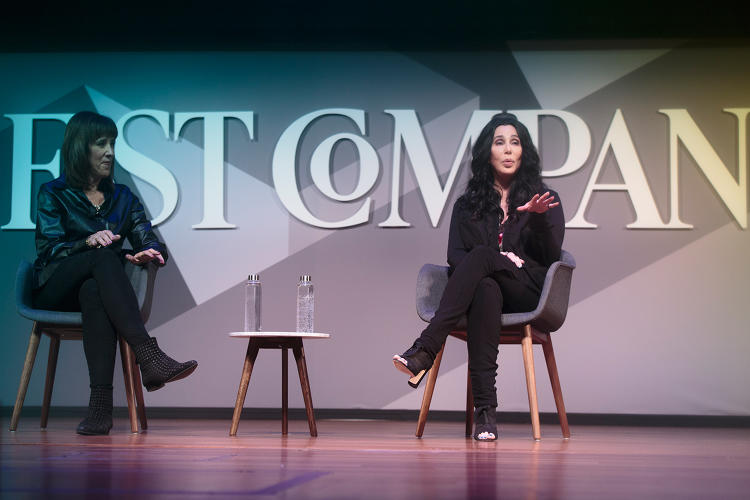
At an intimate panel discussion inside the downtown NYC offices of Spring—a mobile-first, high-end, virtual mall—leaders from apparel labels Joie and Current/Elliott, Negative Underwear, and The Arrivals described their processes for both launching a new brand and maintaining an existing one inside the highly competitive retail industry.

On a visit to Birch Coffee’s Roast House—the location where all of the coffee beans used in Birch’s 8 shops across the city are hand roasted in Long Island City—cofounders Paul Schlader and Jeremy Lyman discussed their “give back” and community-focused mission, and the ways that philosophy has impacted their business model. Plus, they gave attendees a private tour of the roastery and led a cupping (aka tasting) session.

Thomas Woltz, principal of Nelson Byrd Woltz Landscape Architects, leads attendees through his company’s plans for the Hudson Yards project on Manhattan’s west side, the most expensive private development in U.S. history. To make the 6.5-acre neighborhood feel like an authentic addition to the city—and to create an emotional bond between people and place—Woltz and his team looked to the site’s history and native ecology for inspiration.
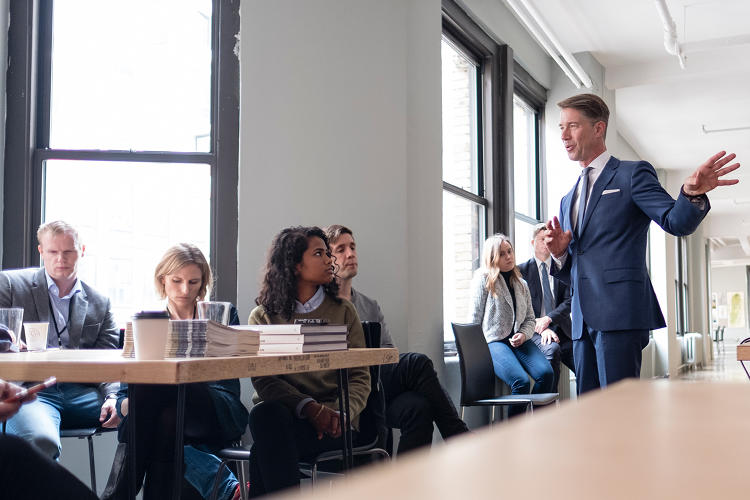
At the New York Transit Museum, visitors learned about the design and structure of one of the modern world’s engineering marvels, the only subway system that runs 24 hours a day, 7 days a week. Through guided tours of vintage cars and technology, the nonprofit museum teaches how mass transportation transformed New York City and how the subway is constantly transforming and evolving.

Brand Assembly hosted a mini fashion show, highlighting the emerging designers that it has incubated. The company serves as a co-working space for new fashion brands and provides a range of other services that will help them make a splash in the market.
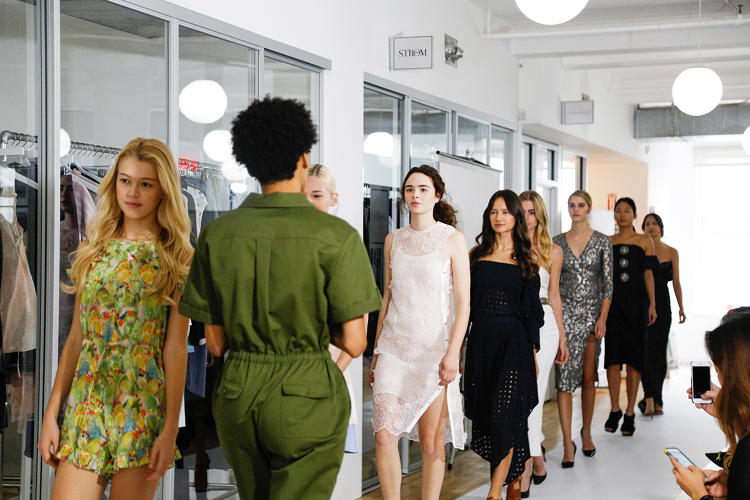
“We need to understand that what we do in America is radically oppressive,” said singer and activist John Legend on a panel about criminal justice reform and technology. Last year, Legend launched #FreeAmerica, a campaign and prison visitation tour aimed at reversing the trend toward mass incarceration in the U.S. “There’s nobody that’s better at locking people up than we are. We lock up people for a longer time than any other country. Why is that?” Following the panel, Legend—who was a surprise guest speaker at the Festival—performed his new single “Love Me Now,” and a stripped-down version of Marvin Gaye’s “What’s Going On.”
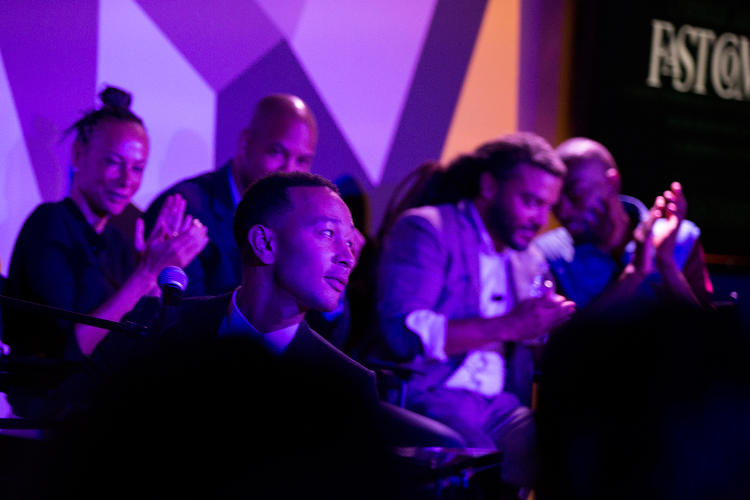
From the West Village studio of Barre3–the fitness brand founded by Sadie Lincoln in 2008 and expanded to more than 100 franchises nationwide, streaming online workouts, a digital magazine, and more–Lincoln shared her approach to purpose-driven brand building and sustainable business growth through strong intention-setting business practices.
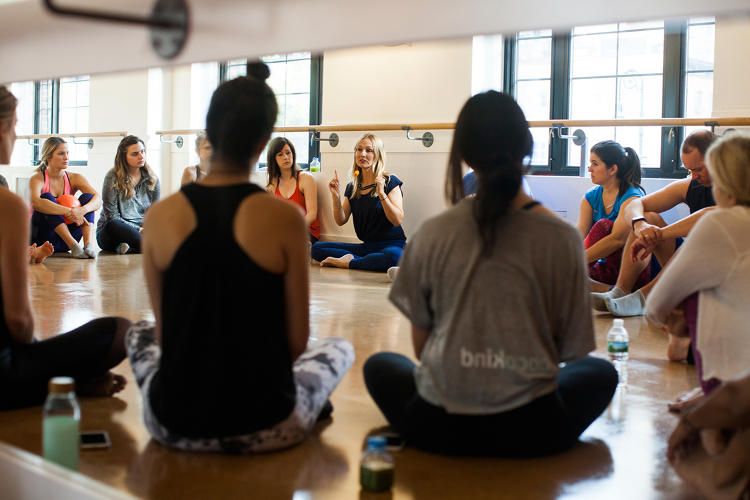
At LMHQ‘s women’s breakfast, Shana Dressler, executive director of Google’s 30 Weeks program and Amy Whitaker, author of “Art Thinking: How To Carve Out Creative Space in a World of Schedules, Budgets, and Bosses,” talk about Whitaker’s book and how to apply creativity to the workplace.
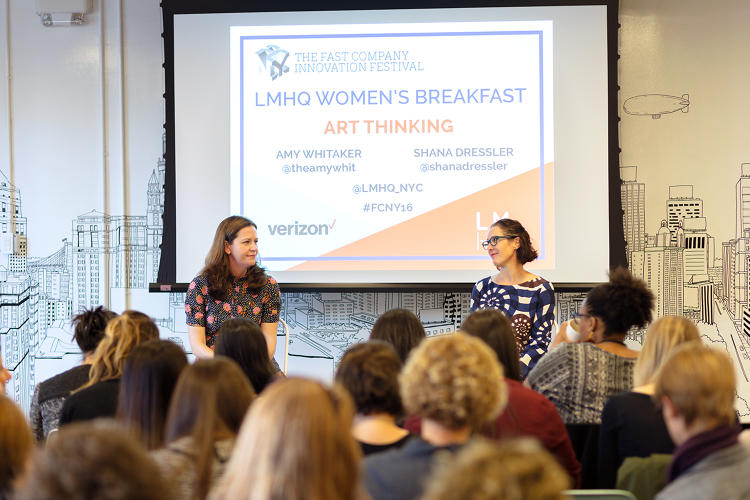
Kay Madati, BET’s chief digital officer (and former Facebook marketing exec), describes the network’s soup-to-nuts digital redesign, which includes a new website and apps. More than half of the traffic on BET.com comes from social platforms, Madati told festival attendees. “My KPI is that I want to win on Snapchat,” he said.
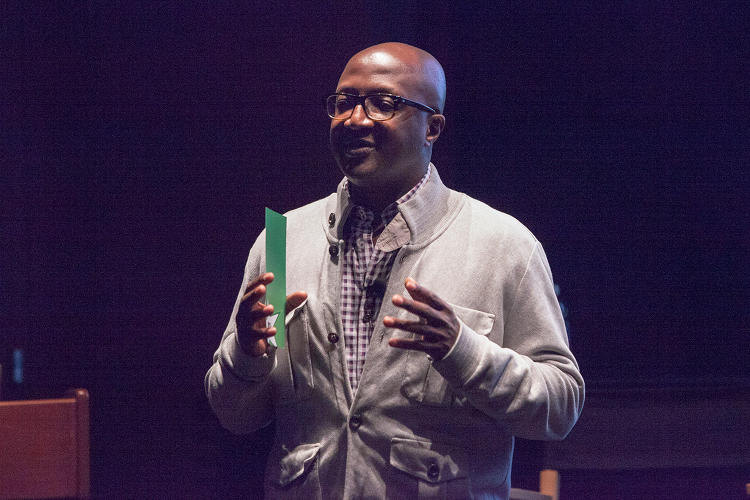
Sonos’s self-proclaimed mission is to “fill every home with music.” And as CMO Joy Howard explained to Festival attendees, the way they plan to do that is by allowing people to experience the brand’s wireless speaker system for themselves in environments that simulate people’s homes (albeit in listening rooms that are acoustically tuned by sound professionals). The first phase of this strategy came with the opening of Sonos’s first-ever retail store in New York City this past summer, pictured here.

Pictured: The Bleacher Report team, from San Francisco to London, which drives the sports media powerhouse: interviews, analysis, animated web series, and the most engaged social media feeds in the world.
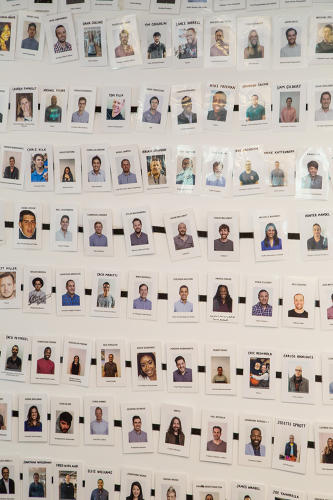
At Black Girls Code‘s New York outpost—located inside Google’s offices—festival attendees brainstorm ways to help the not-for-profit expand its reach.
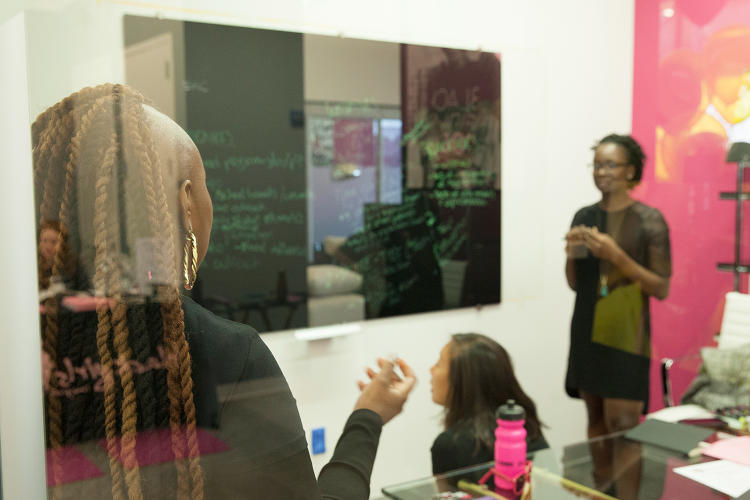
At the Master Class in Bot Building, held at the office of creative, design, and digital firm Deutsch, speakers such as Deutsch CTO Trevor O’Brien explored how companies can use conversational AI agents to engage with consumers on a scale that’s tough to achieve with human-to-human interaction.
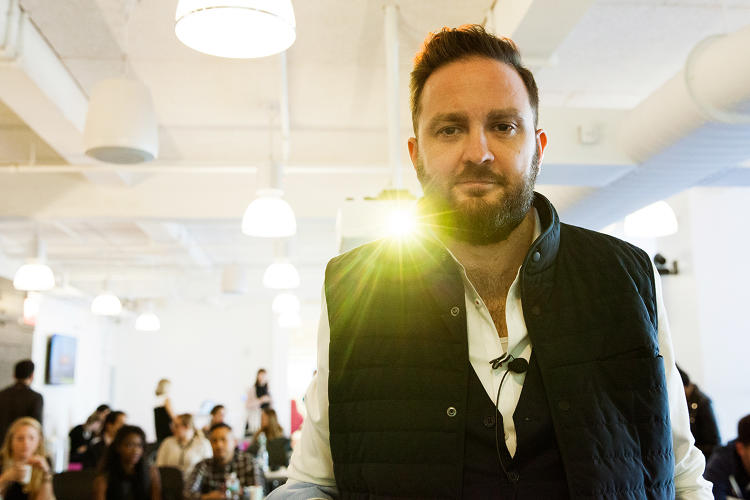
Eataly USA’s managing partner Adam Saper offered attendees an exclusive look at how the food-hall Italian marketplace and retail powerhouse deploys the message of good Italian eating and living, from Dubai to Seoul to New York City, through storytelling and experiences.
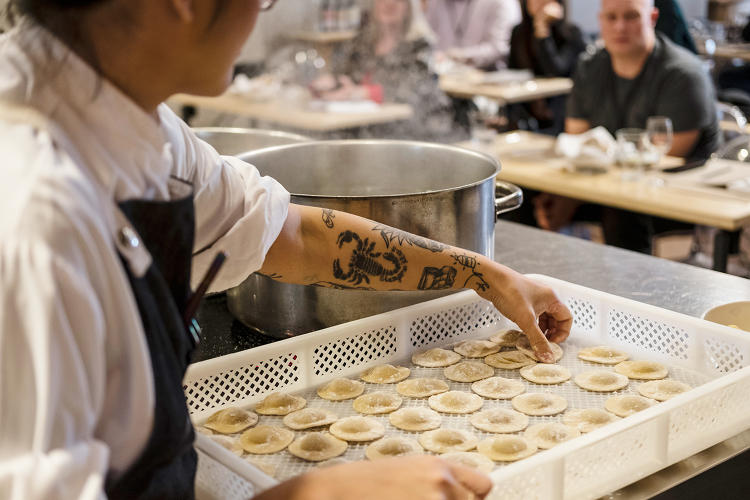
“Our office is designed to feel like a home. It’s sort of a selfish design decision, but it keeps us in the mind-set of what we’re all about, which is the kitchen and the home. Being surrounded by those details really matters to us.” –Amanda Hesser, cofounder and CEO at Food52, speaking about the importance of having a company’s work environment reflect its work.
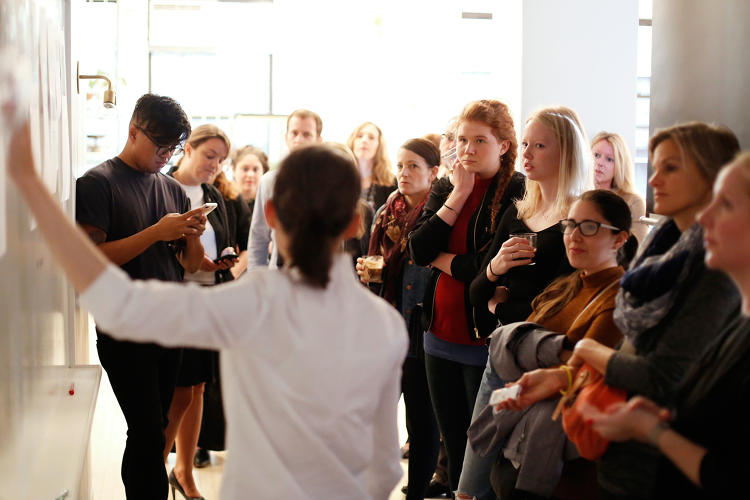
On the third morning of the Festival, five leaders—including Jennifer Gefsky of Aprés, Phiderika Foust of Powermoves USA, Majora Carter of StartupBox, Gabrielle McGee from the Tory Burch Foundation, and Global Health Corps’ Andrew Bentley—came together for a conversation on the challenges and opportunities of leading a social enterprise business. The morning was complete with a networking breakfast for members of each organization’s community—donuts included.

Festivalgoers held up portraits that their neighbors drew as part of Ayse Birsel’s talk Design the Work You Love on how design thinking can help you build a fulfilling professional life.
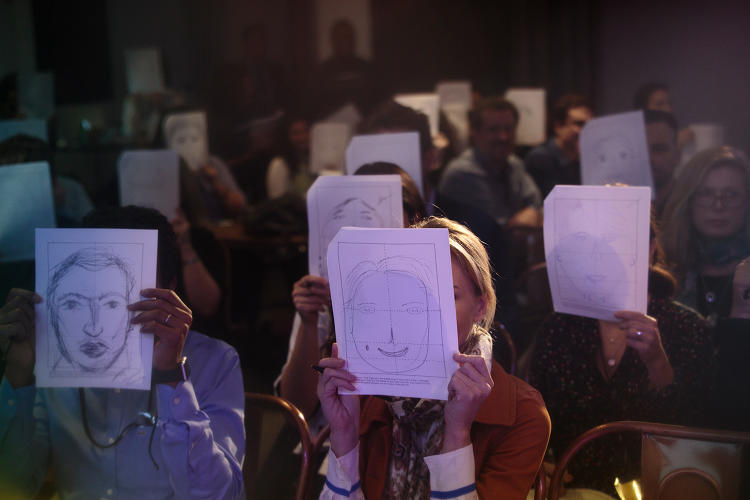
The last time Phil McIntyre, Kevin Jonas II, and Joe Jonas worked together, it was to make the Jonas Brothers the most popular boy band in the world—at least for a moment. Now the three are getting into the mobile gaming space with Philymack Games, a venture they discussed onstage at the Festival. So far Philymack games are akin to Candy Crush—addictive, mindless, puzzle games perfect for crowded subway rides, and for earworming “Cake By The Ocean” into your head for the rest of the day. But perhaps most important? The games are also just actually fun—they don’t feel like branded content to the average user.
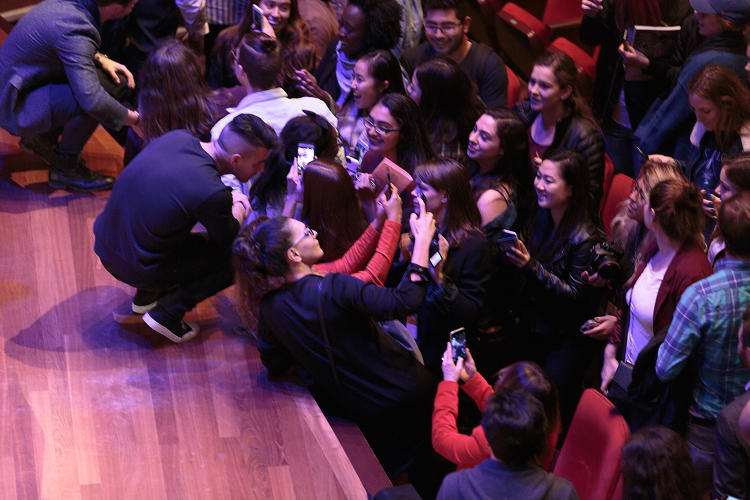
Fast Company , Read Full Story
(97)

